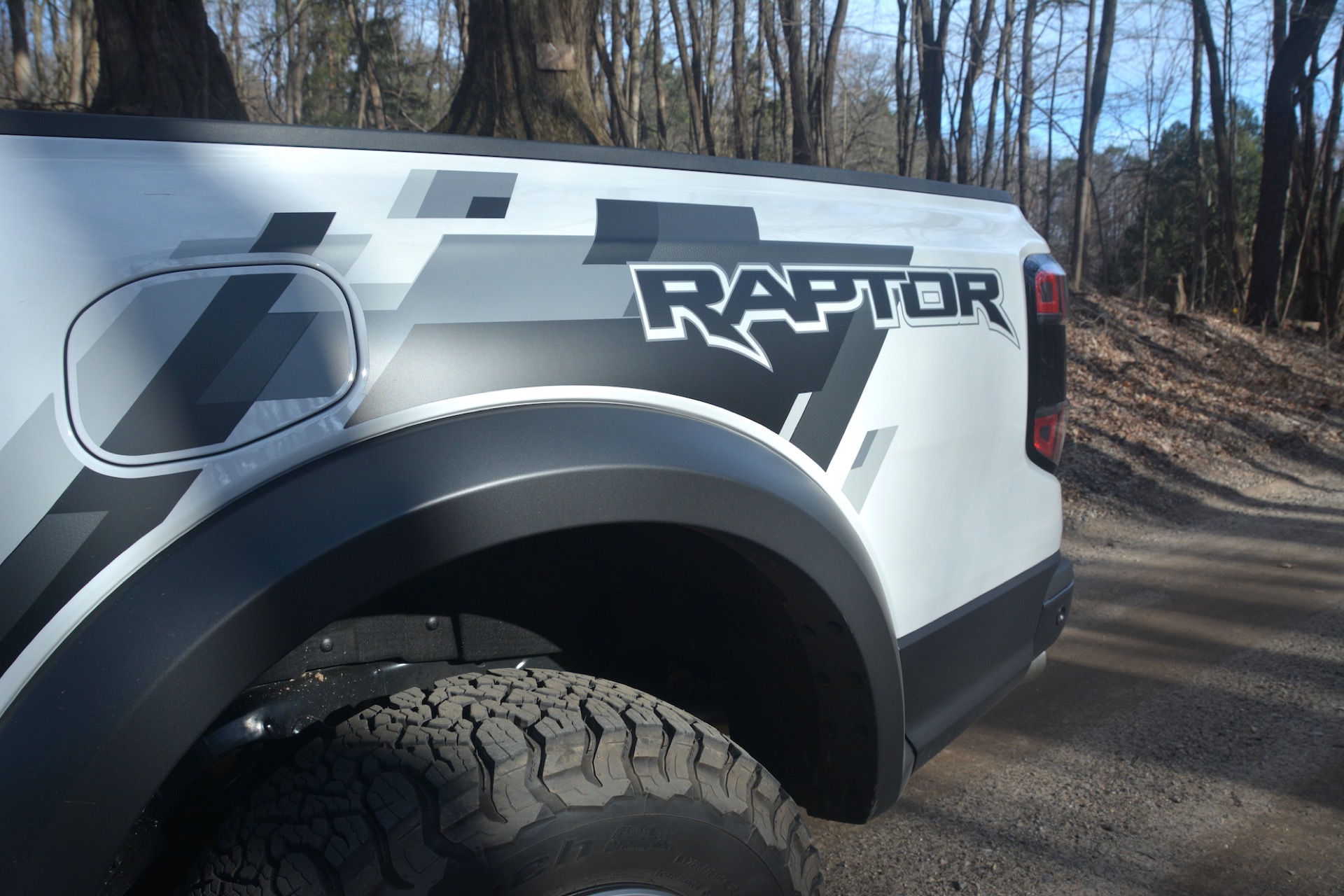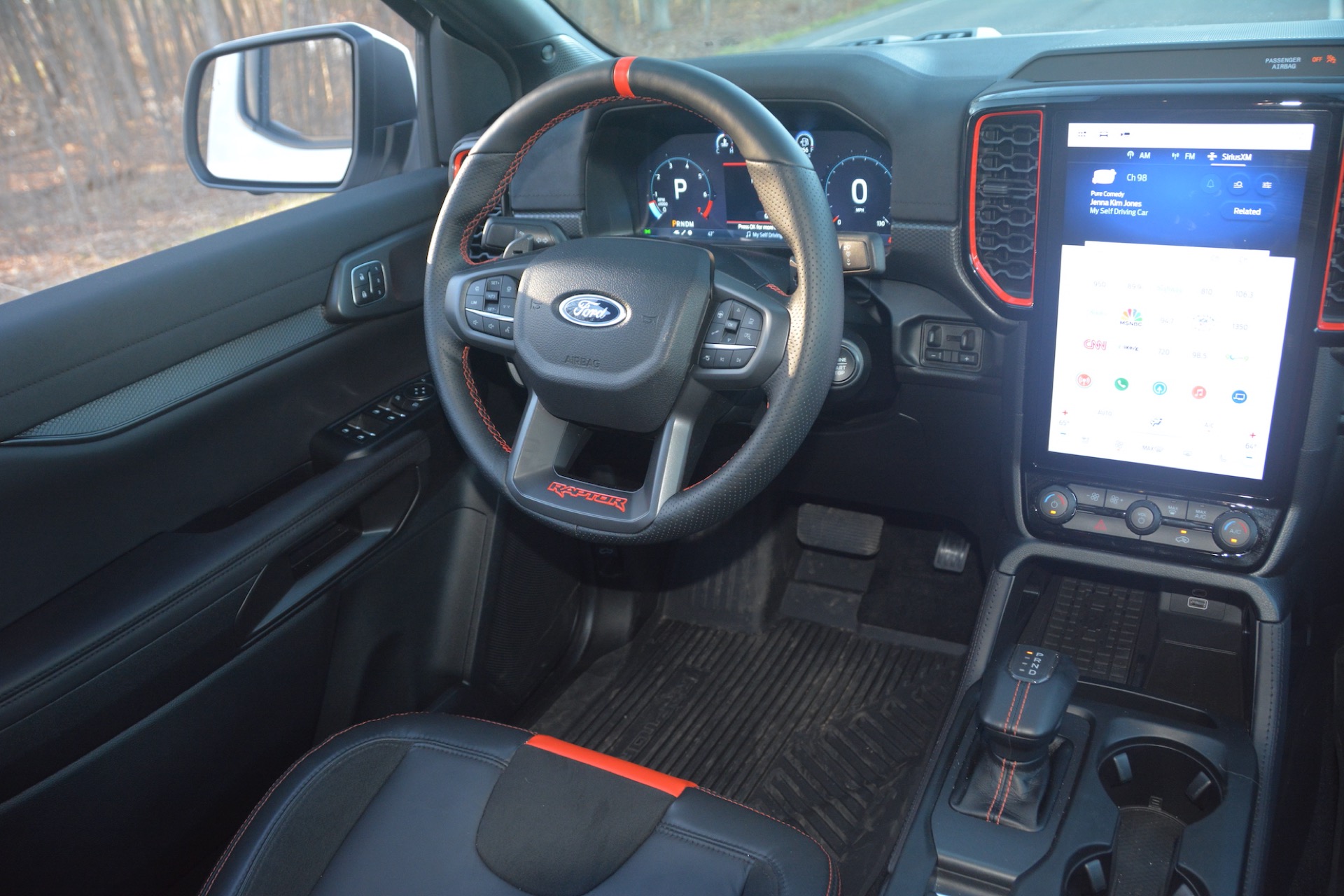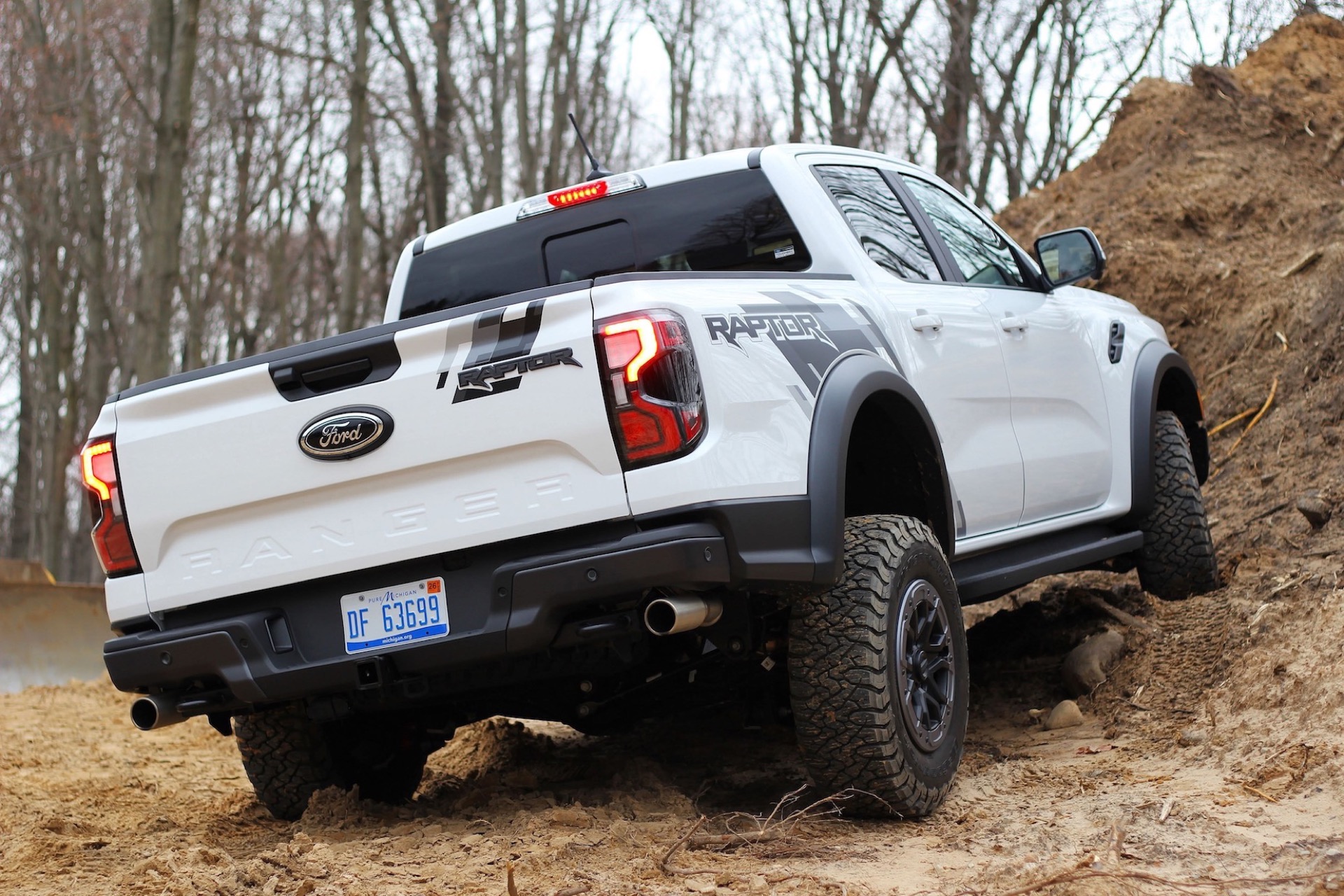There is no vehicle more distinctly American than a pickup truck. While the European continent was busy breaking speed records and founding around-the-clock endurance races, Americans were busy enlarging cargo beds to accept larger sheets of plywood and beefing up suspension leaf springs to handle 30 cubic foot bags of topsoil. Born to traverse the grid patterns of American roads, they didn’t need to corner well or go fast. But in rural America, traversing dirt roads and following lonely two-tracks through the wilderness, Americans – like any other auto enthusiasts – felt the need to go faster, to hang the tail out on a sandy corner, to catch air after hitting a jump just right. And as pickup trucks transitioned from delicate cargo carriers to more robust do-all utility vehicles, a subset of hearty Americans began beefing them up and racing them across open deserts in races like the Baha 1000. Bigger engines, beefier springs, stronger shocks, reinforced frames, and steel shields to protect vital components were installed to strengthen the trucks. And sporting Americans across the continent began imitating the appearance and the performance of them. An entire aftermarket sprang up to supply the wants of pickup owners.
Then, in 2010, Ford introduced the F-150 Raptor. The Raptor was the first factory-built honest-to-God off-road performance pickup. And despite the large price tag, America bought them. A LOT of them. Due to it’s immense size, it’s aggressive design, and impressive performance, it immediately became THE truck to own. Capable of ripping across the undeveloped wilderness of the country without spilling your Starbucks, yet practical enough to carry an antique armoire home from a yard sale, the Raptor excelled on every front and looked awesome doing it.
So when Ford re-introduced the Ranger pickup, it was only a matter of time before someone at Ford realized that they had a chance to catch lightening in a bottle yet again. And so was born the Ranger Raptor. Following the same formula as the full-size Raptor, everything about the Ranger was strengthened, beefed up, improved, and overhauled. Out came the four-cylinder turbo engine and in went a 400hp twin-turbo V6. Out came the all-wheel drive and in went the sophisticated multi-mode shift-on-the-fly 4×4 system. The end result is a smaller, lighter, no less capable mini-Raptor.
The styling is aggressive. The sheet metal bulges like taut muscle in all the right places. The large wide knobby wheels stance the truck so that it looks ready for action. Vents and skid plates accentuate the styling, reinforcing the off-road capabilities and enhancing the excitement of the design. It’s a seriously sharp looking truck.
Inside, one might expect a spartan interior but instead the Ranger Raptor has a luxurious, supportive one. Fine leather and luxury appointments dominate. Heated seats, a heated steering wheel, six drive modes, a large digital touch screen center are just a few of the many desirable things that you’ll find. The seats are supportive and decently bolstered and fully electrically adjustable. The bright red accents on the seats, dash, and doors really catch your attention in an otherwise monochromatic interior. All the buttons and menus are easy to find and are intuitive to use. The back seats are also comfortable and there’s plenty of legroom. More than you’d expect, and enough to be a comfortable passenger.
Under the hood is a twin-turbo V6 making over 400 hp and 430 lb-ft of torque. This power is transmitted through a 9-speed automatic transmission to either the back wheels, or all the wheels with variable forms of 4WD – low, high, or AWD with locking differentials to ensure positive traction in all conditions. The transmission has settings for icy conditions, sport driving, sandy conditions, rocky conditions, towing situations, and fast off-road conditions. It’s abilities can’t be questioned.

Around town, the Raptor is a pleasure to drive – quick, responsive, and comfortable. The brakes are strong and reassuring. The steering is intuitive. It turns sharply and fits in parking spots rather easily. Wind noise is almost non-existent. There is some tire noise, but it’s subdued.
The brakes are large four-wheel discs at all four corners, with large calipers that stop the large truck with ease. The brakes are easy to modulate and very intuitive. No squishy brake pedals here.
The steering is also intuitive and direct. The attractive leather-wrapped steering wheel has radio and cruise controls integrated for easy reach.
If the Ranger Raptor has a weak point, it’s the engine note. I haven’t figured out why so many European and Japanese V6’s sound so good and so many American ones sound so droning and annoying. The Raptor is no exception and I didn’t hear an engine tone that I really liked the entire time I drove it. Surely someone at Ford can develop an exhaust system that can infuse a little excitement in a V6. Fix that and the Ranger Raptor will be about perfect.

You will be challenged by every red-blooded young pickup truck driver at every light you have to stop at. Be aware of it. The truck is a rolling challenge to every insecure young American male. But with that 400hp engine under the hood, you’ve got a good chance at beating them to the next light. Or you could simply steer off the road and drive into the forest and break a new trail across the face of a mountain. At 70 mph. The Ranger Raptor is that capable.
Gas mileage wasn’t great, but for a 400hp truck, it wasn’t that bad either. All things considered, it actually surprised me. But that’s not why you buy a Ranger Raptor. You buy it for it’s potential, for it’s performance, for it’s image. Next to the F-150 Raptor it may look like just a junior Raptor, but it’s a full-fledged terror like it’s big brother.

Performance: 6
Handling: 5
Design: 7
Interior: 6
Infotainment: 6
Sound: 3
Fun: 7
Overall: 6.5

